Electric vehicles (EVs) have been the subject of debate for the last decade or so. They are among the top contenders to dethrone Internal Combustion Engine Vehicles (ICE vehicles) as mankind’s primary mode of transportation. As much as the old way of transportation persists we cannot deny that ICE vehicles have had a significant impact on our environment. To add on to that, the reserves of fossil fuels are finite, so we have to begin to make the shift towards sustainable energy sources.
That shift has been happening at different rates. What I mean by that is governments and businesses have to make significant investments in things that EV’s need like charging points. There are countries who have made strides in that respect but for Africa, Zimbabwe in particular, that hasn’t been the case.
We seem to move from one economic crisis to another, which results in more pressing issues taking priority. We can’t, however, move out of step with developments that are happening elsewhere. There must be a push for adopting and facilitating technologies like electric vehicles.
As previously mentioned we are experiencing difficult times and advocating for electric vehicles might sound a little odd. But I think that if we look at the different types of electric vehicles on offer there could be one or two that could worth considering if we are to accelerate the adoption of EVs in Zimbabwe.
Types of electric vehicles
Hybrid electric vehicles (HEVs)
HEVs incorporate both worlds because they are part internal combustion, engine (ICE) and part electric motor. The energy for the electric motor is stored in batteries like all the other EVs. But those batteries are charged by through regenerative braking, the ICE or both and not by an external source.
Typically HEVs startup using the electric motor and the petrol engine comes in when speed and load increase. Both motors are controlled by an internal computer which maximises the economy of both. Examples of HEVs are cars like the Toyota Prius, Corolla Hybrid, and the Honda Fit Hybrid.
Plug-in hybrid electric vehicles (PHEVs)
PHEVs also referred to as Extended-Range Electric Vehicles are similar to HEV because they run both using an ICE and an electric motor. The difference between the two is that PHEVs allow you to recharge the battery using a power outlet.
PHEVs like HEVs can also charge their batteries using regenerative braking as well as the internal combustion engine.
Cars that fall under the category of PHEVs are the Mini Cooper Hybrid, Mitsubishi Outlander PHEV, and the BMW 330e
Battery electric vehicles (BEVs)
These vehicles run exclusively on battery power and they require external charging. They do not have any ICE components and have very large batteries which are usually placed under the car’s cabin floor.
Like all the other EV types, some BEVs have regenerative breaking to assist with charging the battery while on the move. Examples of BEVs are cars like the Nissan Leaf, the entire Telsa range and the BMW i3.
Fuel cell electric vehicles (FCEV)
FCEVs generate electricity from an onboard hydrogen fuel cell. They are far more efficient than ICE vehicles and they produce no emissions or pollutants. The only by-products from their activity are heat and water. FCEVs are filled up my compressed hydrogen that is stored in tanks. There are a number of countries that have filling stations like these. But they are few and far between.
Examples of FCEVs are the Toyota Mirai II, the Hyundai Nexo Fuel Cell and the Honda Clarity Fuel Cell
Assessing the options…
I think we can all agree that the FCEV type is a little too far fetched. Hydrogen filling stations are a proposition that is too far distant in the future for us to consider them right now.
The three options left (HEV, PHEV and BEV) have their merits and flaws.
The argument for and against BEVs
Maintanence
Battery Electric Vehicles are great because they lack the complexity of ICE vehicles. Conventional cars need a lot of maintenance work when compared to BEVs. Filters, spark plugs, fluids, injectors only to mention a few, need periodic replacement. BEVs, on the other hand, have fewer components that need servicing and replacement.
Electricity vs fuel cost
The cost of the energy source is something also something to consider. If we look at the cost of a kWh of electricity and a litre fuel which even if we get to the 300 kWh threshold and beyond stands at ZWL$10.38/kWh. A litre of petrol, in comparison, is around ZWL$97.62/L.
Local currency fuel is a myth at this point but it makes the comparison of figures a little easier.
This means the cost to fuel up is cheaper for a BEV than it is for an ICE vehicle. However, when looking at the range that a single charge compared to a full tank offer, BEVs no longer look as attractive.
Range
This problem is best expressed by comparing the base model fully electric 2019 Nissan Leaf and an ICE vehicle of a similar size, the 2019 base model Honda Fit. The former has a battery that holds 40kWh and the latter has a tank capacity of 40L. It might be chapter to fill up a tank for the Nissan Leaf but the 40 kWh only takes you around 270Kms. The Honda Fit has a fuel economy 5.9 – 8.1L/100kKms which roughly gives it a range of around 529Kms. That’s just under double the range of the Nissan Leaf.
Charging vs fuelling up
Charge times are a major concern for BEV owners that don’t have access to a fast-charging station. On a home socket, it takes about seven and a half hours to charge the 2019 Nissan Leaf. To fill up a full tank, on the other hand, may burn a hole in your pocket but it takes considerably less time to do. The charging issue means that you are less likely to plan a trip that is beyond the range of your BEV.
Another concern (for us in Zimbabwe) is that there are good periods and bad periods of electricity supply. If there is to be a string of power outages then that will compromise how often you can charge your car.
For Zimbabwe, I don’t think BEVs can be adopted widely just yet. But PHEV and HEV might be a more realistic option.
PHEVs and HEVs may be the answer
I have lumped in PHEVs and HEVs together because they are pretty much the same thing aside from the former can be plugged to charge the battery and the latter can’t. I think these two platforms offer the best middle ground for Zimbabwe and the rest of Africa.
If I was to pick the better option between the two then it would definitely be the PHEVs. They offer both the tradition fuel fill up as well as an external charging for the battery. PHEVs are also a great entry point for people who aren’t familiar with electric vehicles. There is the familiarity of the ICE but with the addition of getting to experience electric vehicles with a safety net.
An example of how PHEVs and HEV can help the adoption of EVs is South Africa:
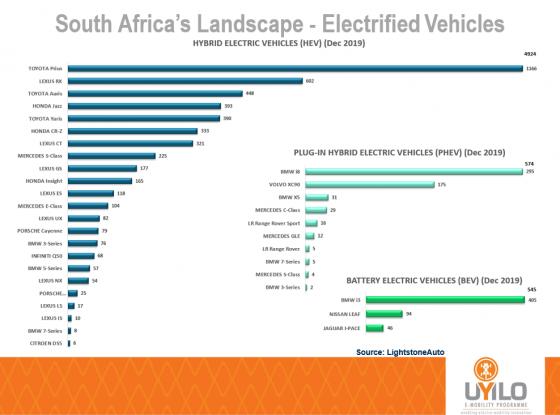
Image Credit: Uyilo eMobility Program
The sales figures for HEVs and PHEVs eclipsed that of BEVs in 2019. That is due, in part, to a wider variety of HEVs and PHEVs compared to BEVs. But, I think its also due to the fact that HEVs and PHEVs are an easier transition for most than going straight to BEVs.
Another factor that affects the lean towards BEVs is the availability of EV charge stations. South Africa has, to its credit, made great strides in expanding the number of charging stations, but it isn’t at a point where BEVs would be viable for all kinds of journeys.
So what can Zimbabwe do?
The goal to make EVs attractive should start with incentives that encourage people to buy them. There was sometime last year talk of reducing the import duty for electric vehicles. There hasn’t (to my knowledge) been any news on how that went. Another measure could be to make vehicle registration and licensing cheaper for EVs than for ICEVs. The one way I can think of is to make the fees that an ICE vehicle owner pays for one quarter for radio and vehicle licensing equate to half a year for an EV owner.
The government should, I think, be the example. What I mean is that they should be looking to replace some of the cars in its very large fleet with PHEVs and HEVs. That would allow them to assess which areas they should be deployed and obviously track the expenses of operating HEVs and PHEVs in comparison to ICE vehicles.
Using PHEVs as a transition also allows the govt time to assess how to best tackle the increasing demand for electricity EVs will bring. On top of that, they offer the govt and businesses time to slowly invest and expand charging infrastructure.
These are by no means all the things that could be put in place. There are obviously more that can be thought of and done. In that respect I would be very interested to hear your thoughts in the comments.
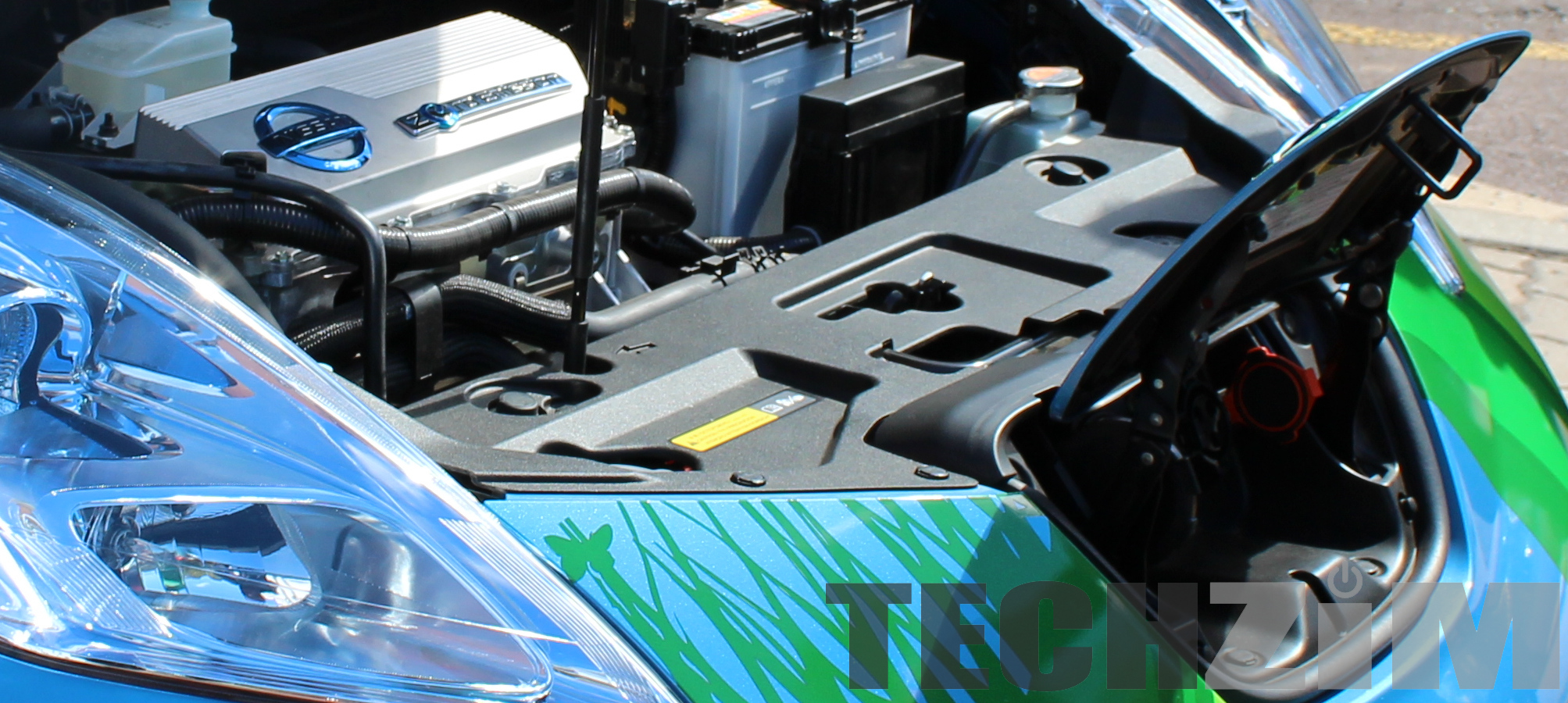
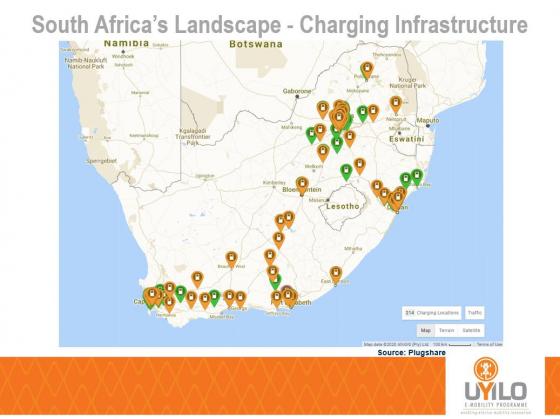

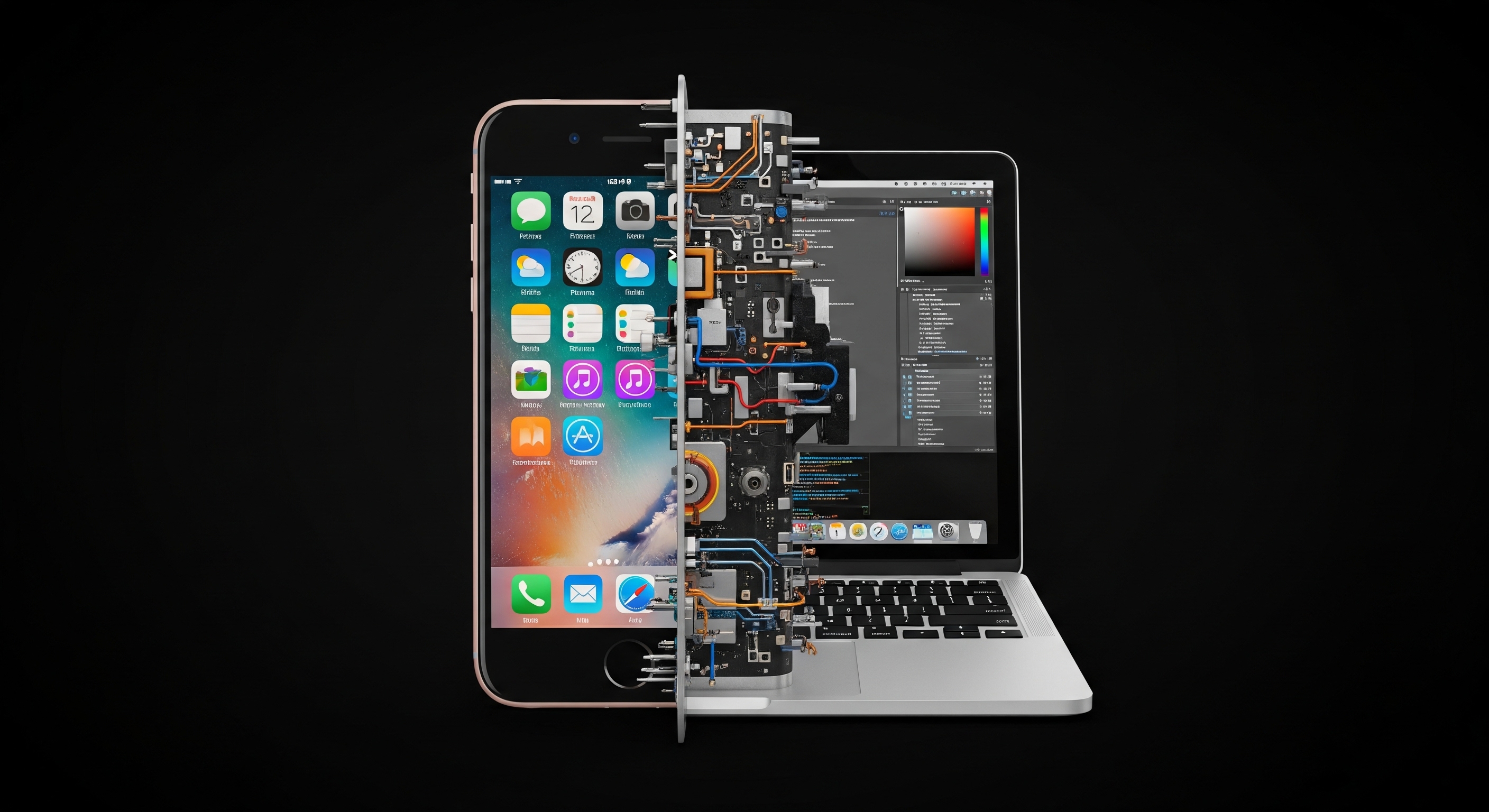




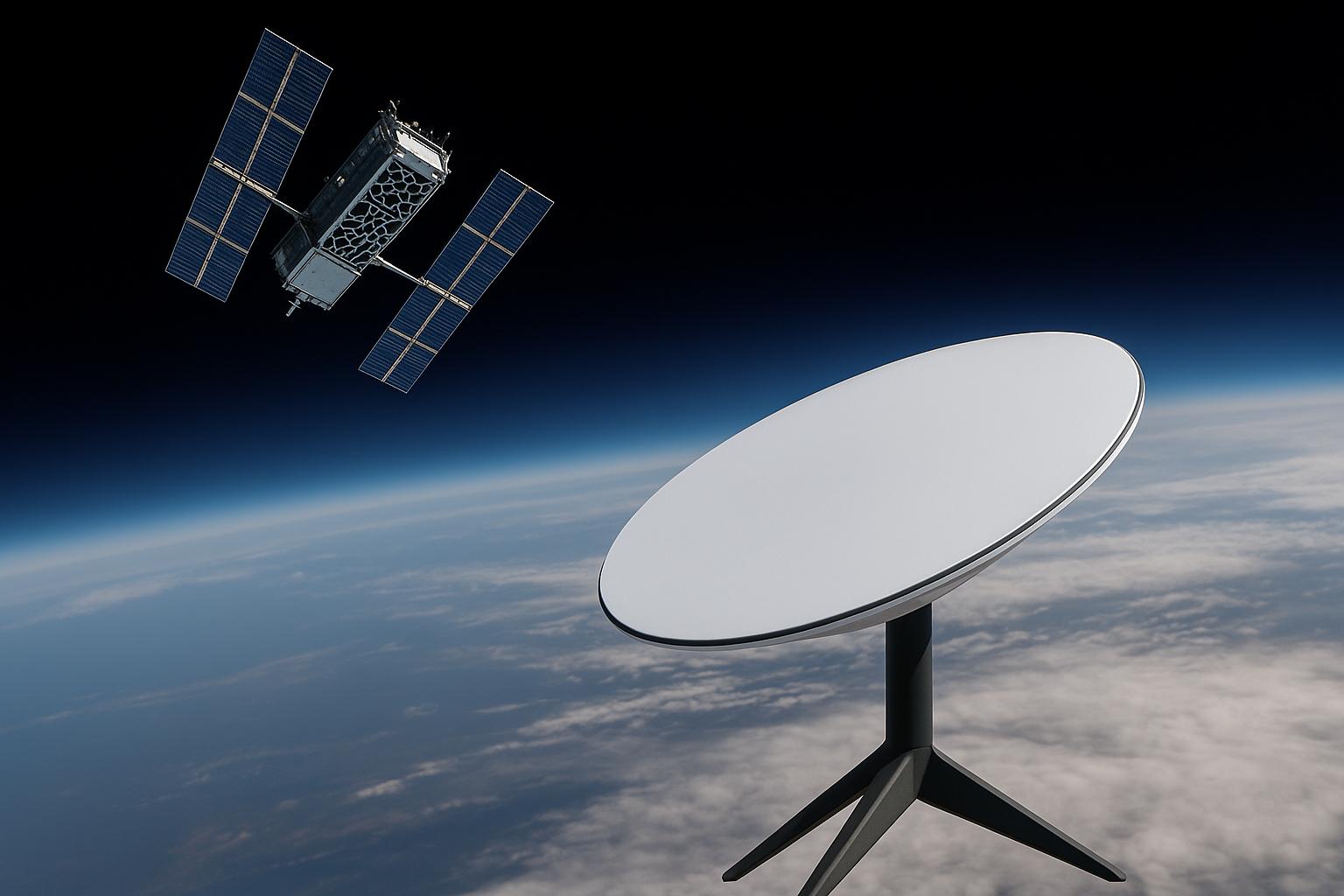

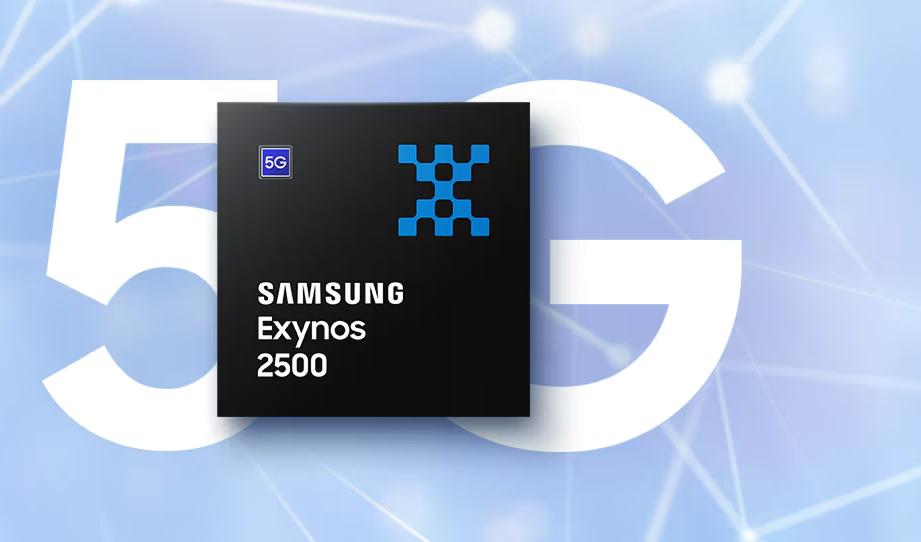



Comments
13 responses
Great alternative to the fuel issues but considering that the highest offices in the land feed from the trough of a cartel which has a monopoly over fuel supply i don’t see this taking shape unless they are (again) given the the sole mandate to supply the cars and build the charging stations.
Hie, great article. Could you please compare the price of the fuel vs electricity on a mileage basis since that cost is non-indicative of the actual cost for travel as it has no common datum. In other countries its cheaper but I havent done that calculation based on the Zim energy pricing
A good overview article.
You need to review the reference of “ICEVs” as this is incorrect.
Image references credits would also be appropriate.
Keep up the work on awareness creation for electric vehicles
Thank you for the feedback. I have added both the Image credits and reviewed the abbreviation for internal combustion engine vehicles.
Can these be charged on home solar system. ?
Yes, but that the effectiveness of charging an EV on solar will depend on the output of the solar installation and the capacity of the vehicle.
“we get to the 300 kWh threshold and beyond stands at ZWL$10.38/kWh. A litre of petrol, in comparison, is around ZWL$97.62/L.”
BASED ON THE ABOVE STATEMENT, IS THE BELOW NOT WRONG?
“This means the cost to fuel up is cheaper for a BEV than it is for an ICEV. However, when looking at the range that a single charge compared to a full tank offer, BEVs no longer look attractive.”
IS THE ATTRACTIVENESS NOT BASED ON COST TO RUN MORE THAN ANYTHING? GIVEN A LEAF NEEDS TWO FILL UPS AT JUST OVER 800RTGS, VERSUS A HONDA FIT THAT NEEDS 1 FILL UP FOR THE SAME 529KMS AT OVER $3000 RTGS. LOOKS LIKE A GOOD DEAL TO ME
THE BEV LOOKS VERY LUCRATIVE TO ME. OFCOURSE UNLESS YOU START TALKING ABOUT THE EASE OF FILLING UP THE CAR. CONVENIENCE MAYBE
Cost to operate is definitely something that makes BEVs very attractive, but the time it takes to charge is also very important. Without charging infrastructure users will have to always deal with “range anxiety”.
Another aspect to this is if for whatever reason you need to travel beyond the range of the BEV. You’d have to find places along the way that will allow you to fill up for the hours it takes to charge the BEV. That makes a journey that might have been done in a day take more than that.
Hybrids are my best pick for our situation, but an affordable supply chain is key. I had a talk with a taxi driver a while back, and he told me he was rolling on a dead battery pack because the cost of importing one was about the same as buying a neat ICE car.
Why are fuel cell electric vehicles far fetched? Don’t limit our potential without supporting facts. Sable Chemicals had one of the biggest electrolysis plants in Southern Africa which, if I’m not mistaken, is lying idle. This could be a springboard for the fuel supply needed for fuel cells. Fuel cells would be ideal for long haul trucks, as the charging wait period doesn’t apply.
On an editorial note, you don’t need to say “What I mean…”, it’s a not necessary phrase and can be dropped.
I agree the efficiency of FCEVs is impressive but, and this may just be my pessimism, I think the starting off point should be resources and infrustructure we already have operating at some capacity (as well as those that most people are familiar with). We can, in future, build towards fuel cell vehicles.
Are batteries for hybrid cars the same as other batteries
They are not. Our normal batteries are the common and familiar lead acid batteries, whereas for hybrid they are mainly lithium ion and nickel metal hydride. For the rate of adoption to increase, we also need to look at the cost and availability of replacement battery packs. Considering that most of the hybrid cars are already used, and that the replacement mileage is around 150 000 to 200 000km, how soon before we need to start replacing?